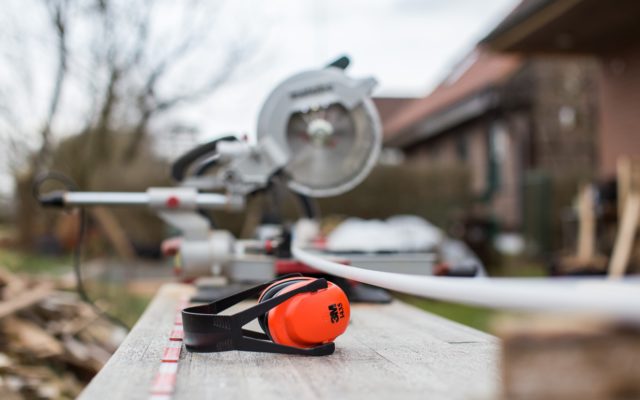
Audiology & Real Ear Measurement
In our previous two blog entries (featured here and here), we discussed the signs and symptoms of hearing loss and how hearing aids can lead to successful outcomes. In both postings, the phrase “real ear measurement” was mentioned. Today, we will take a look at what this means, explain why it is important, and discuss how it is accomplished.
What is real ear measurement?
Real ear measurement (also referred to as probe microphone measurement) involves placing a probe tube into your ear canal in order to measure the volume of your hearing aid across a wide range of frequencies/pitches. Basically, it lets us know how much volume you’re receiving from your hearing aid, pitch-by-pitch.
Why is it important?
Just as we rely on a calibrated audiometer to measure hearing loss, we use a different specialized tool (real ear measurement) to prescribe the right amount of volume for your hearing aids. Real ear measurement is necessary because every ear is unique and needs to be treated as such. Without the use of real ear measurement equipment, it’s likely that anyone with hearing aids is receiving either too little or too much volume at different frequencies and pitches. Having good audibility across a wide range of pitches is a crucial part of your ability to hear speech clearly. Real ear measurement allows us to ensure that individual factors like canal shape and size have been taken into account, resulting in good auditory access to speech with your hearing aids. Simply stated, this procedure helps ensure that the hearing aids you’ve invested in are allowing you to hear speech as clearly as is possible while still maintaining listening comfort.
Not only is this considered to be a best practice by professional associations like the American Speech-Language-Hearing Association (ASHA) and the American Academy of Audiology (AAA), but Consumer Reports even advocates for this practice in their “Hearing Aid Buying Guide”. Studies even suggest that 79% of patients prefer the settings of hearing aids that were programmed using real ear measurement equipment versus those that weren’t. Surprisingly, less than 30% of all hearing care professionals perform this practice, which is one of the reasons why our office stands out from the rest.
What is the procedure like?
- A small, soft probe tube is gently inserted into the ear canal, the end of which is intended to rest between the ear drum and the tip of your hearing aid. The opposite end of the probe tube is attached to the real ear measurement equipment.
- With the tube in position, the hearing aid is then placed into your ear.
- A passage of speech is then produced by the real ear measurement equipment while you remain still and silent, facing forward.
- The sound from the hearing aid is channeled to the real ear measurement equipment via the probe tube.
- The display on the equipment indicates whether or not the targeted or prescribed volume is being reached across the frequency spectrum which includes low, middle, and high pitches. Your provider now has the data they need to determine whether or not you’re getting the correct amount of volume from your hearing aids.
- The volume of the hearing aid is then adjusted to match the targeted or prescribed volume.
In summary…
We perform real ear measurements during the course of every hearing aid fitting because it is considered a best practice AND because it’s in the best interest of our patients. Don’t hesitate to contact our office today if you’re interested in setting up an appointment to learn more about how we can help you get the most from your hearing aids.
